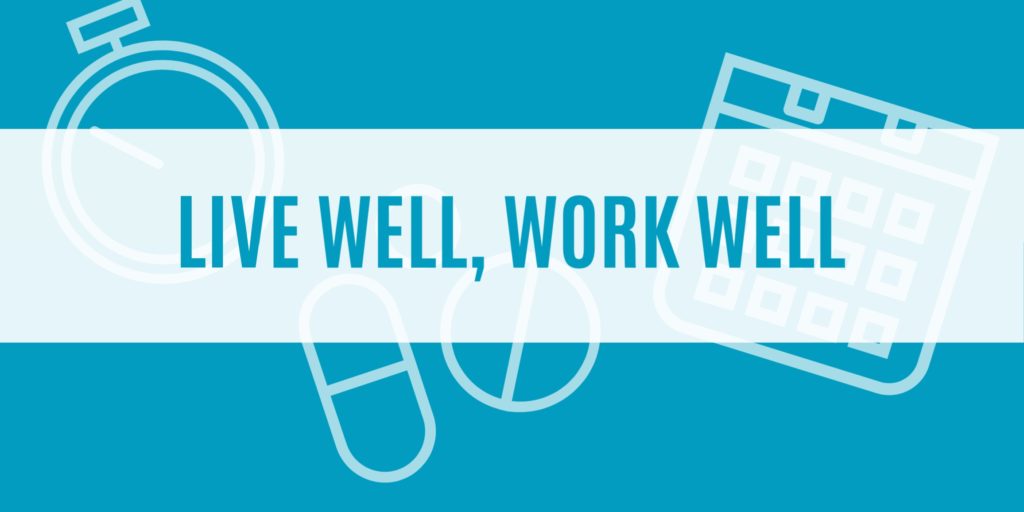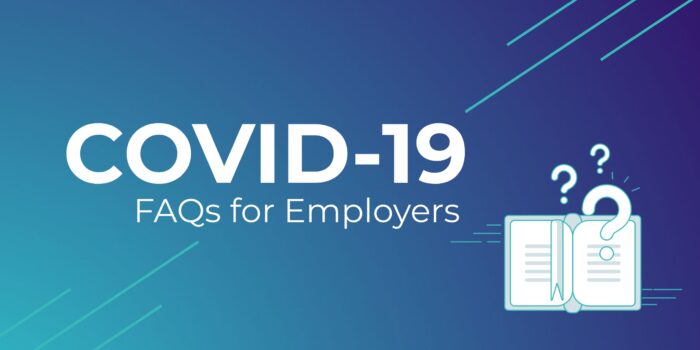19 Mar 5 Virtual Recruitment Strategies
[wpseo_breadcrumb]
Recruiting budgets have been slashed and departments are wondering how to coordinate interviews, let alone find talent. How can teams adapt? The answer is virtual recruitment.
Virtual recruitment is the process of pursuing, vetting, and onboarding candidates electronically. It’s been around for years, but, during the COVID-19 pandemic, it’s proven to be one of the best methods for acquiring new talent. This article offers five tips for recruiters.


 During the COVID-19 pandemic, hiring managers are struggling to get candidates in the door.
During the COVID-19 pandemic, hiring managers are struggling to get candidates in the door. Eight out of 10 COVID-19 deaths reported in the United States have been adults ages 65 years and older.
Eight out of 10 COVID-19 deaths reported in the United States have been adults ages 65 years and older. The COVID-19 pandemic continues to bring forth a variety of questions for businesses. Employers can take a number of preventive steps to help keep employees safe, but they should also prepare to respond to various situations that can occur in the workplace.
The COVID-19 pandemic continues to bring forth a variety of questions for businesses. Employers can take a number of preventive steps to help keep employees safe, but they should also prepare to respond to various situations that can occur in the workplace. On March 12, 2021, the Occupational Safety and Health Administration (OSHA) launched a
On March 12, 2021, the Occupational Safety and Health Administration (OSHA) launched a